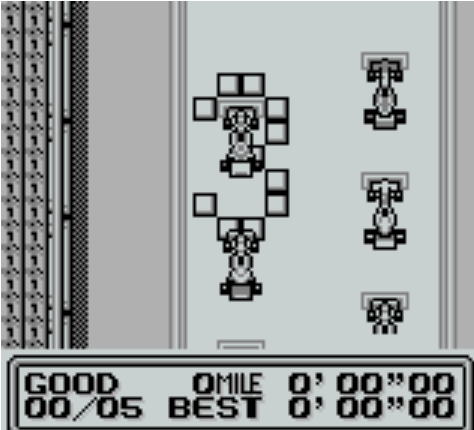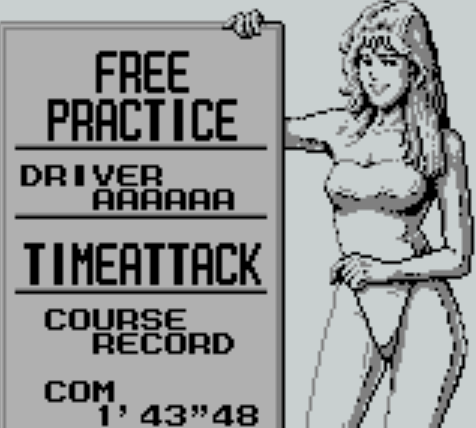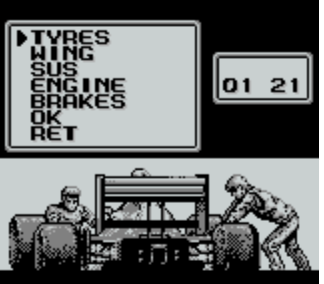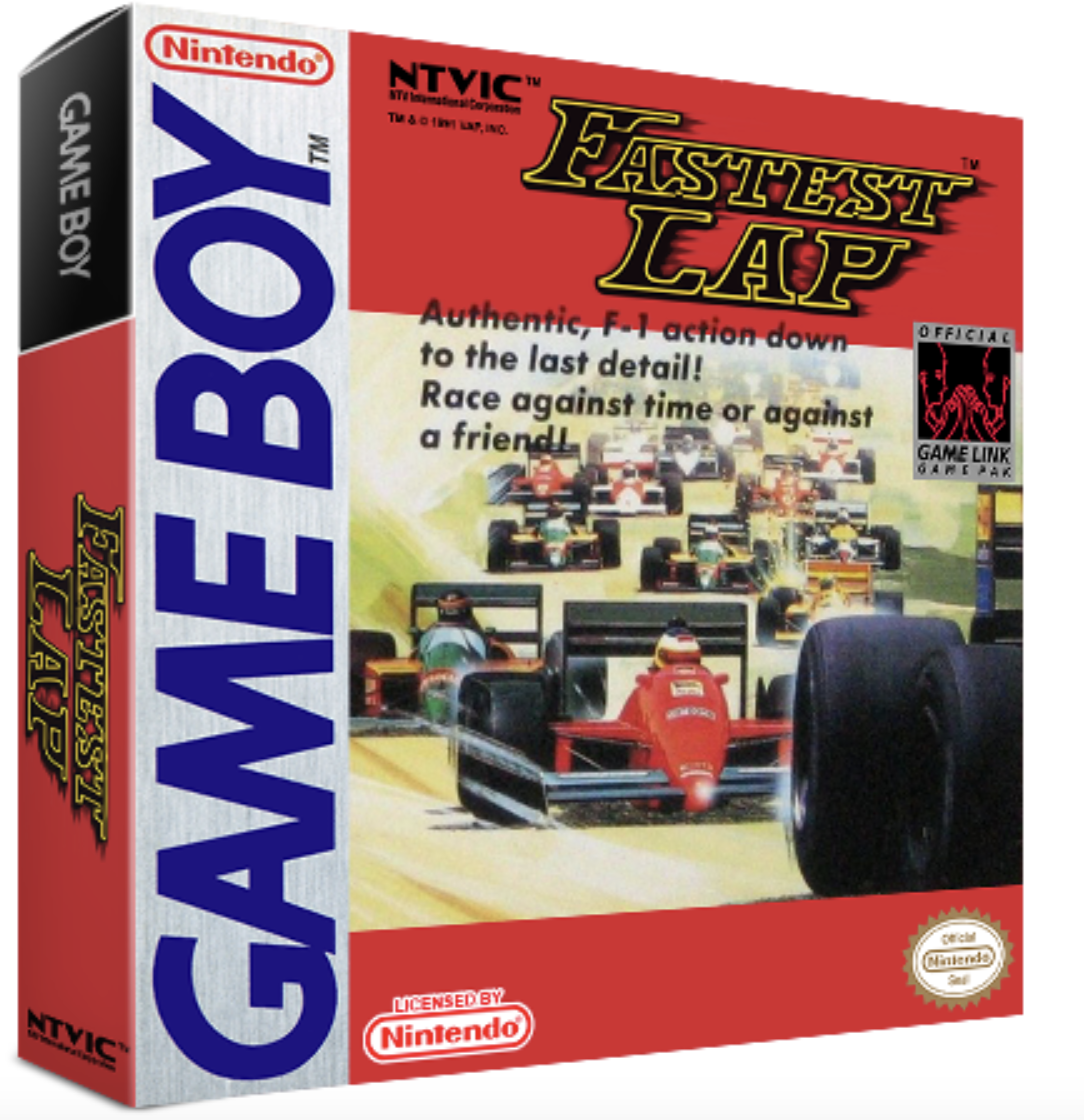Nintendo GameBoy creator Gunpei Yokoi famously coined the term “lateral thinking with withered technology” to describe Nintendo’s philosophy on utilizing older, well-understood tech that could be mass-produced rather than chasing after the cutting edge. To understand how the Game Boy exemplifies this concept, you need look no further than its competitors. The Sega Game Gear, the Atari Lynx, and even the NEC Turbo Express had more robust hardware and full-color screens, but they couldn’t beat the price point or the battery life of the Nintendo portable.
But this philosophy also extended to the development approach of the GameBoy and its library of games. Nintendo was able to squeeze impressive titles out of the GameBoy’s comparatively underpowered hardware, particularly over time. As an example, compare Super Mario Land (1989), a launch title that feels like a decent approximation of the original Super Mario Bros. (1985), to Super Mario Land 2: 6 Golden Coins (1993), which looks and plays more like Super Mario World (1990) on the Super Nintendo.
We’ve previously covered F-1 Race for the GameBoy which managed the impressive feat of pulling off the behind-the-car, pseudo-3D perspective of NES titles like Rad Racer (1987) or Sega’s Out Run (1986) on a tiny LCD screen with four shades of pea soup green. There were other Game Boy titles, however, that captured the thrill of racing with a completely different perspective, making the most of the limitations inherent in the underpowered hardware.
Fastest Lap nails so much of what is strategically fulfilling and fun about the best Formula One games with one old-school twist: A top-down perspective. The entire game is played with you looking down at your car as though you’re having above, which feels intuitive as you gaze down into the screen of the GameBoy. Turns require split-second timing largely because you can’t see them coming. Instead, the track is painted with massive arrows to indicate upcoming turns and their severity. Getting practice laps in wasn’t enough to guarantee a win, however, as players had to tweak their machine’s engine and tires to best complement each of the game’s tracks. Additionally, players would need to compete in qualifying races before going up against opponents for the real deal. We also really enjoy that the game has some legally distinct, but fan-identifiable off-brand racing teams: McLeen, London, Fenner, and TelTel.



While the spirit of F1 does reside in the white-knuckle turns and vehicle modification, there are several inherent limitations to a top-down racing perspective that makes this game hard to recommend to anyone who doesn’t hold some nostalgia for it. For starters, the only indication that you’re actually moving during straight aways is the stands on the edge of the screen whizzing by your car. And without being able to see them on the road, it’s difficult to tell whether your competitors are just a few seconds ahead or waiting for you at the finish line.
Still, we can appreciate Fastest Lap for a look at how Game Boy developers created the feel of a real racing experience even with graphical limitations that may be hard for modern racers to accept.
